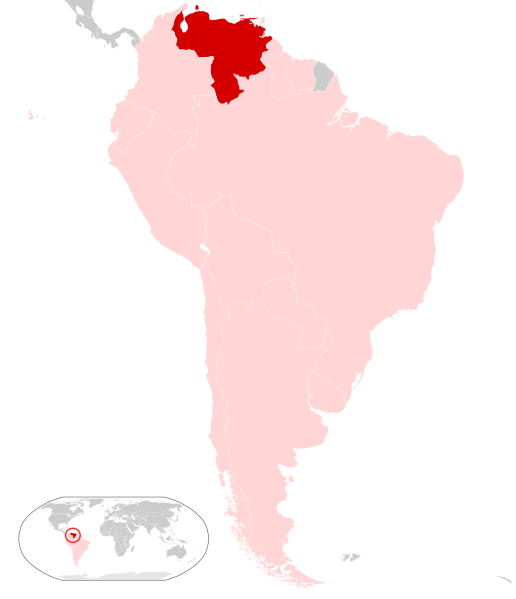The governor of Bolivar state, Venezuela, Francisco Rangel Gómez confirmed this week that there are 13 cases of diphtheria in the town of San Antonio, Sifontes municipality, according to a El Diario de Guayana report (computer translated).

The Venezuelan Society of Public Health says diphtheria was eradicated in Venezuela in the late 1940s.
Officials state they have the vaccines and medicines to prevent and combat the outbreak.
Bolivar state is also the region in Venezuela most affected by the current malaria epidemic, the largest in 75 years.
In fact, former Minister of Health, Dr. José Felix Oletta has said these issues are only a symptom of a broken health care system in the country. The same country where President Nicolas Maduro states– “Venezuela has the best health care system in Latin America.”
Maduro doesn’t go to a public hospital like Venezuelans do. He goes to the military hospital. There are no bandages. There are no IV bags. There are no cotton balls. Maduro and his family would never go to a public hospital. The crisis has many dimensions. Malaria is a little piece of the health situation in Venezuela. Never before has the government not invested heavily in the health care system, it’s insufficient. It is all political.
Diphtheria is a dangerous respiratory disease is caused by a potent toxin produced by certain strains of the bacterium Corynebacterium diphtheriae. Diphtheria is extremely contagious through coughing or sneezing. Risk factors include crowding, poor hygiene, and lack of immunization.
Symptoms usually appear within a week of infection. This infection is characterized by a sore throat, coughing and fever very similar to many common diseases like strep throat. Additional symptoms may be bloody, watery discharge from the nose and rapid breathing. However, a presumptive diagnosis can be made by observing a characteristic thick grayish patch (membrane) found in the throat. In more severe cases, neck swelling and airway obstruction may be observed. In the tropics, cutaneous and wound diphtheria is much more common and can be a source of transmission.
The real serious danger is when the toxin that is produced by the bacterium gets into the bloodstream and spreads to organs like the heart and nervous system. Myocarditis,congestive heart failure and neurological illnesses of paralysis that mimic Guillain-Barre syndrome are most severe. Even with treatment, fatalities are still seen in up to 10% of cases.
Diphtheria can be treated and cured successfully with antitoxin and antibiotics if started early enough. The prevention of diphtheria is through vaccination.
Related:
- Kansas State University researchers develop Zika DNA vaccine
- Memphis Legionnaires’ disease outbreak update: 6 confirmed cases
- Florida reports additional West Nile virus cases in Escambia, Bay Counties
- Ho Chi Mihn City reports 35% increase in dengue


2 thoughts on “Diphtheria reappears in Venezuela after long absence: Another symptom of a broken health system”